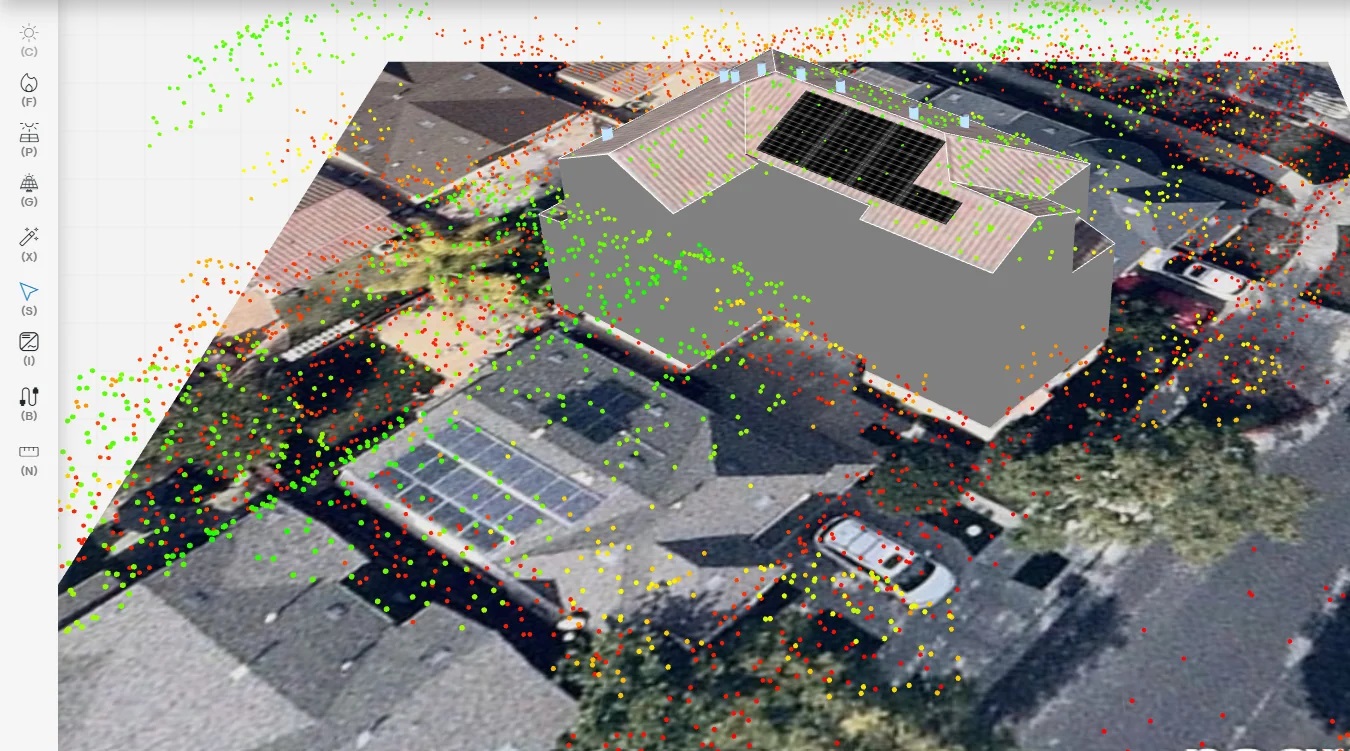When it comes to understanding electrical systems—especially in solar energy design—clear and accurate diagrams are essential. Two of the most common types used in the industry are the single line diagram and the schematic diagram. While both serve to illustrate how systems are wired and function, they do so in distinct ways. At Solargraf, we believe that understanding the difference can help professionals design and maintain systems more effectively.
What Is a Single Line Diagram?
A single line diagram (SLD), also known as a one-line diagram, is a simplified representation of an electrical power system. It uses single lines and standardized symbols to show the flow of electricity from the source to the loads.
Key Features:
-
Represents complex systems with simplicity
-
Uses one line per circuit, regardless of the number of conductors
-
Focuses on power flow and connectivity
-
Common in solar PV system designs, utility coordination, and grid integration
SLDs are especially valuable for solar professionals because they provide a clear overview of how power moves through a system without showing every conductor or wire.
What Is a Schematic Diagram?
A schematic diagram provides a detailed and precise representation of an electrical circuit. It shows each wire, connection, component, and their relationships, often including exact pin numbers and wire colors.
Key Features:
-
Illustrates every component and connection
-
Used for troubleshooting and repairs
-
Essential in circuit design, control panels, and electronics
While SLDs are ideal for planning and layout, schematic diagrams are indispensable for execution and diagnostics.
Key Differences Between a Single Line Diagram and a Schematic Diagram
| Feature | Single Line Diagram | Schematic Diagram |
|---|---|---|
| Purpose | System overview and planning | Detailed wiring and component layout |
| Level of Detail | Simplified (one line per circuit) | Highly detailed (all wires shown) |
| Use Case | Power systems, solar PV layouts | Circuit design, diagnostics, control panels |
| Symbols and Lines | Standardized, minimal | Custom, detailed |
| Typical Users | Engineers, designers, utility planners | Electricians, technicians, developers |
Why Both Diagrams Matter in Solar Design
At Solargraf, we recognize the importance of both diagram types in solar project workflows. The single line diagram helps engineers and permitting authorities understand how a system functions overall. On the other hand, the schematic diagram ensures that installers and technicians can wire and troubleshoot the system accurately.
Conclusion
Whether you’re designing a large-scale solar farm or a residential rooftop system, understanding the distinction between a single line diagram and a schematic diagram is critical. Each plays a unique role in the design, approval, installation, and maintenance of electrical and solar systems.
Solargraf empowers solar professionals with tools that support both types of diagrams, helping you streamline projects from conception to completion.


